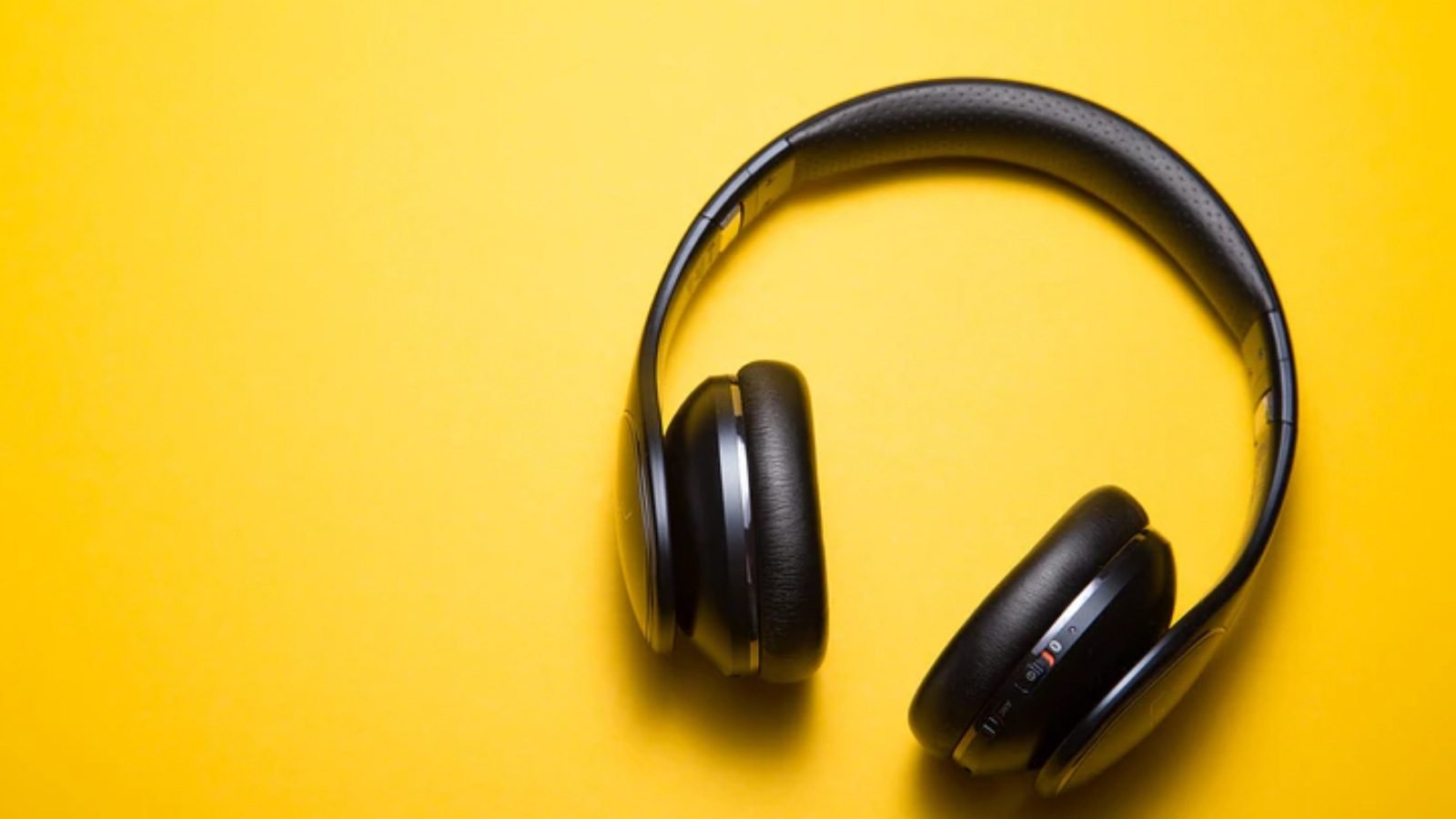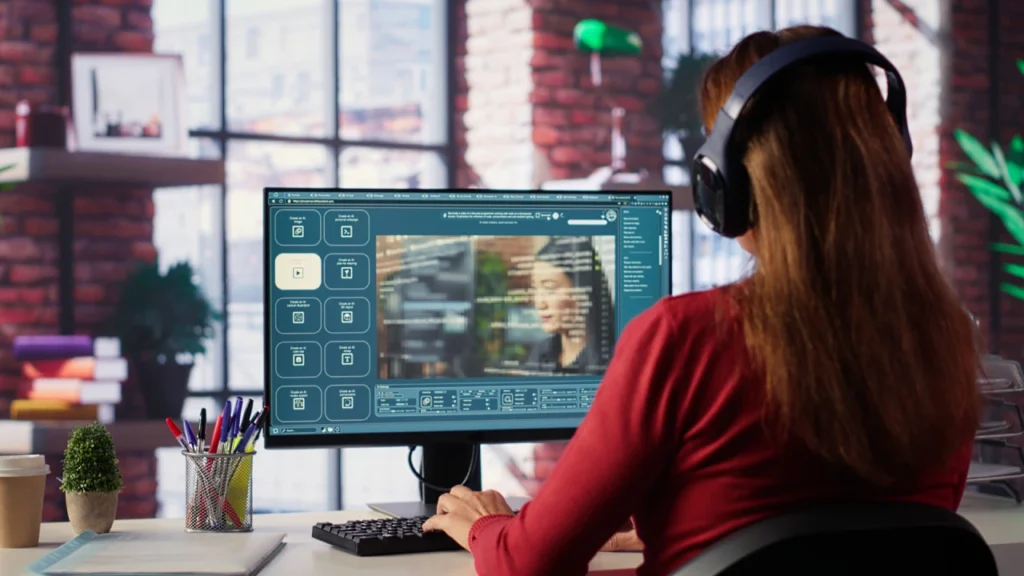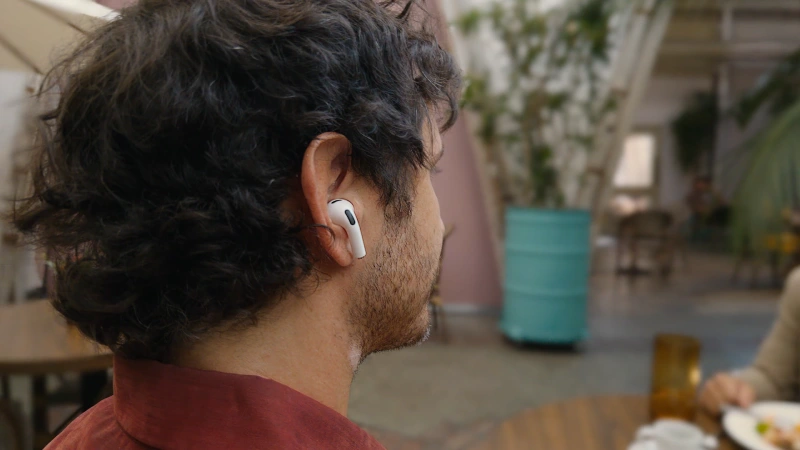Table of Contents
Highlights
- Explore beginner-friendly DAWs and mobile apps — the best music platforms for young creators to compose and produce effortlessly.
- Discover mobile apps such as FL Studio Mobile, Auxy, and Music Maker JAM for creating music on the go.
- Learn how cloud platforms like BandLab and Kompoz allow real-time collaboration and social sharing.
- Understand publishing options with services like LANDR, DistroKid, and TuneCore for distributing music worldwide.
In 2025, young creators will have endless options to start their music production journey. With tools like GarageBand, FL Studio, and Ableton Live Intro, beginners can compose and arrange music easily. Mobile apps such as FL Studio Mobile, Auxy, and Music Maker JAM let creators make music anywhere. Cloud platforms like BandLab and Kompoz simplify collaboration, while LANDR, DistroKid, and TuneCore help with music publishing and distribution. These music platforms for young creators empower anyone to turn their musical ideas into professional tracks.

Composition & Production Tools (DAWs and Mobile Apps)
At the core of music-making is the Digital Audio Workstation (DAW) or a similar app where melodies, harmony, beats, and arrangements come together. Young creators often start with tools that balance power and ease of learning.
On desktop or laptop systems, several DAWs are frequently suggested for beginners. Apple’s GarageBand is often highlighted as the top choice for newcomers on macOS and iOS due to its user-friendly interface, free availability on Apple devices, and surprisingly strong features for early-stage composition.
Ableton Live’s “Intro” version presents the same setups used by professionals, like session and arrangement views, but with simpler features designed for new users.
FL Studio is well-known in beat-oriented and electronic music genres. It provides a drag-and-drop, pattern-based workflow that many find intuitive when starting out.
As young creators develop their skills, they may move from these basic tools to more advanced versions or entirely different DAWs, but the initial barrier is much lower now.
Mobile and tablet apps have also become highly capable, allowing creators to sketch ideas while commuting or away from their studio computer. FL Studio Mobile works on Android, iOS, and even Windows devices, offering multitrack recording, a piano roll, drum pads, and the ability to export to full DAWs.
GarageBand for iOS allows users to record, mix, and connect to external interfaces, making it possible to complete full tracks on a phone or iPad.
Auxy: Beat Studio is a mobile-first sequencer built for simplicity and fast loop-based sketching. It is perfect for experimenting with beats and melodic snippets on the go.
Other mobile tools, such as Music Maker JAM, let users create loop-based songs across various genres and export stems or full mixes. The availability of these mobile-first tools blurs the line between “studio-only” work and portable composing. Many creators now start on their phone or tablet and refine their work later in desktop DAWs.
Mixing, Mastering, and Intelligent Assistants
Composing is only half the battle. To make tracks sound polished, mixing and mastering are essential. For young creators, platforms with easy-to-use mixing tools or automated mastering can help them learn faster.

Many DAWs feature stock effects, like EQ, compression, reverb, and delay, which allow learners to experiment with mixing. Some advanced DAWs offer automated mastering assistants or smart processing. For example, FL Studio’s 2025 update introduced Gopher, an AI assistant that gives context-aware suggestions, production tips, and guidance on mixing, songwriting, and music theory, all without leaving the program.
Beyond DAWs, there are services and apps that focus on mastering and clean-up. Tools like LANDR, which also serve as collaboration and publishing platforms, let creators upload completed mixes and get AI-assisted mastering results.
Since mastering is a delicate art, these systems work best for demos, smaller releases, or as learning tools, rather than fully replacing human mastering engineers.
Another modern aspect is AI music generation and assistive tools. Platforms like Suno and Udio allow users to create song ideas or entire tracks from text prompts, making it easier for non-technical creators to start composing.
While these services should be seen as creative aids instead of replacements, they can inspire new directions or serve as starting points for further development.
Collaboration & Cloud Environments
As creators expand their ambitions, working with others becomes a must. This includes co-writers, remixers, featured vocalists, and mix engineers. Platforms that support collaboration with version control, file sharing, and live notes can greatly improve productivity and creative flow.
BandLab is a top example of a cloud-based DAW and social music network. It allows creators to work from their browser or native apps, collaborate on tracks in real time, and share or fork projects.

As a freemium platform, it also includes social feedback, a sample library, and options for distribution.
Kompoz is another tool focused on collaboration. Artists can upload stems, invite others to contribute, and manage versioning and ownership of parts in a project.
Several collaboration apps focus on notes and versioning rather than audio editing itself. Examples include Pibox Music, which handles communication, sharing waveforms, and staging revisions, and Avid’s cloud offerings for Pro Tools users.
Tools like SoundStorming and JamKazam also support remote musical interaction and idea exchanges.
These environments reduce friction over distance and streamline feedback, which is especially helpful for young creators who may not share physical space with their collaborators.
Publishing & Distribution Platforms
After a creator has written and refined a track, the next step is to reach an audience. Publishing and distribution platforms focus on getting music onto streaming services, making money, and managing rights.
Some platforms near digital audio workstations (DAWs) incorporate distribution. For instance, BandLab lets creators publish their music directly to major streaming services. LANDR provides built-in distribution and mastering services along with collaborative features.
For creators looking for more flexible or independent options, digital distribution services like DistroKid, TuneCore, and CD Baby help deliver tracks to Spotify, Apple Music, Amazon, and other stores. These services typically work through the web or companion mobile apps.
Additionally, music collaboration platforms may partner with marketplaces, allowing creators to sell stems, licensing, or master rights. For example, Kompoz lets users make money from collaborative contributions through integrated marketplaces.
Distribution platforms often provide analytics, royalty tracking, and metadata tools. These features help creators understand their performance and improve their release strategies.

Choosing and Adapting: Criteria for Young Creators & Best Practices
Not every tool suits every mind. When choosing among these platforms, aspiring musicians should consider:
Ease of learning versus depth of features. Tools like GarageBand, FL Studio Mobile, and BandLab provide easier entry points. As skills develop, creators can switch to more capable professional DAWs.
Platform compatibility. Some tools are tied to specific platforms, like GarageBand on Apple devices, while others, such as BandLab and FL Studio Mobile, work across different platforms.
Community and collaboration. Platforms that support social sharing, feedback, and project forking help creators grow by exposing them to peer work and a collaborative culture.
Upgrade path. It’s useful if early-stage tools can integrate or export projects to more advanced environments. This feature helps avoid starting over if someone outgrows a platform.
Cost and monetization options. Many tools start off free or have freemium models, but premium add-ons, subscription fees, and distribution costs may apply. Creators should know these details before relying on a platform for releases.
Support and educational resources. Access to tutorials, sample projects, templates, and user communities is essential for staying motivated and learning quickly.
In practice, many young creators use a mixed workflow. They might sketch ideas on a mobile app like Auxy or GarageBand mobile, refine and mix on a desktop DAW such as FL Studio or Ableton, then collaborate and finalize in a cloud environment like BandLab or Kompoz before distributing through a publishing service. Over time, as skills grow, they may move away from lighter tools and focus solely on industry-grade DAWs and professional mastering services.
Outlook & Evolving Trends
Looking ahead, several trends are shaping what the “best” apps will be like. The mix of AI-based suggestions and composition, seen in FL Studio’s Gopher and standalone tools like Suno and Udio, is set to lower the barriers for non-technical creators. Cloud collaboration will become smoother, with version control, real-time synchronization, and easy project sharing becoming standard. Finally, platforms might provide built-in, easy distribution and monetization, allowing creators to go from idea to streaming release within a single system.

For young creators, the key is not to wait for one app to be “perfect.” The best platform is the one that sparks creativity today while allowing for growth. By trying out accessible DAWs, mobile tools, collaboration suites, and distribution services, new musicians can create a lasting workflow and gradually upgrade from beginner tools to share their music with the world.